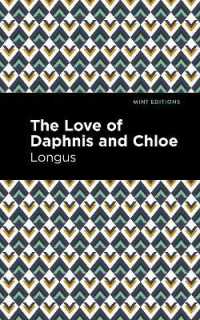Full Description
Reculturing Museums takes a unified sociocultural theoretical approach to analyze the many conflicts museums experience in the 21st century. Embracing conflict, Ash asks: What can practitioners and researchers do to create the change they want to see when old systems remain stubbornly in place?
Using a unified sociocultural, cultural-historical, activity-theoretical approach to analyzing historically bound conflicts that plague museums, each chapter is organized around a central contradiction, including finances ("Who will pay for museums?"), demographic shifts ("Who will come to museums?"), the roles of narratives ("Whose story is it?"), ownership of objects ("Who owns the artifact?"), and learning and teaching ("What is learning and how can we teach equitably?"). The reculturing stance taken by Ash promotes social justice and equity, 'making change' first, within museums, called inreach, rather than outside the museum, called outreach; challenges existing norms; is sensitive to neoliberal and deficit ideologies; and pays attention to the structure agency dialectic.
Reculturing Museums will be essential reading for academics, students, museum practitioners, educational researchers, and others who care about museums and want to ensure that all people have equal access to the activities, objects, and ideas residing in them.
Contents
1. Introduction to the main theories and themes of Reculturing Museums; 2. Why do we need theories?; 3. Who will go to museums?; 4. Who will pay for museums?; 5. Whose story is it?; 6. Who owns the artifact?; 7. Where Is the Learning, and Who Gets to Learn?; 8. What do we mean by equitable teaching in museums?; 9. How do we reculture an institution while old museums are still in place?








